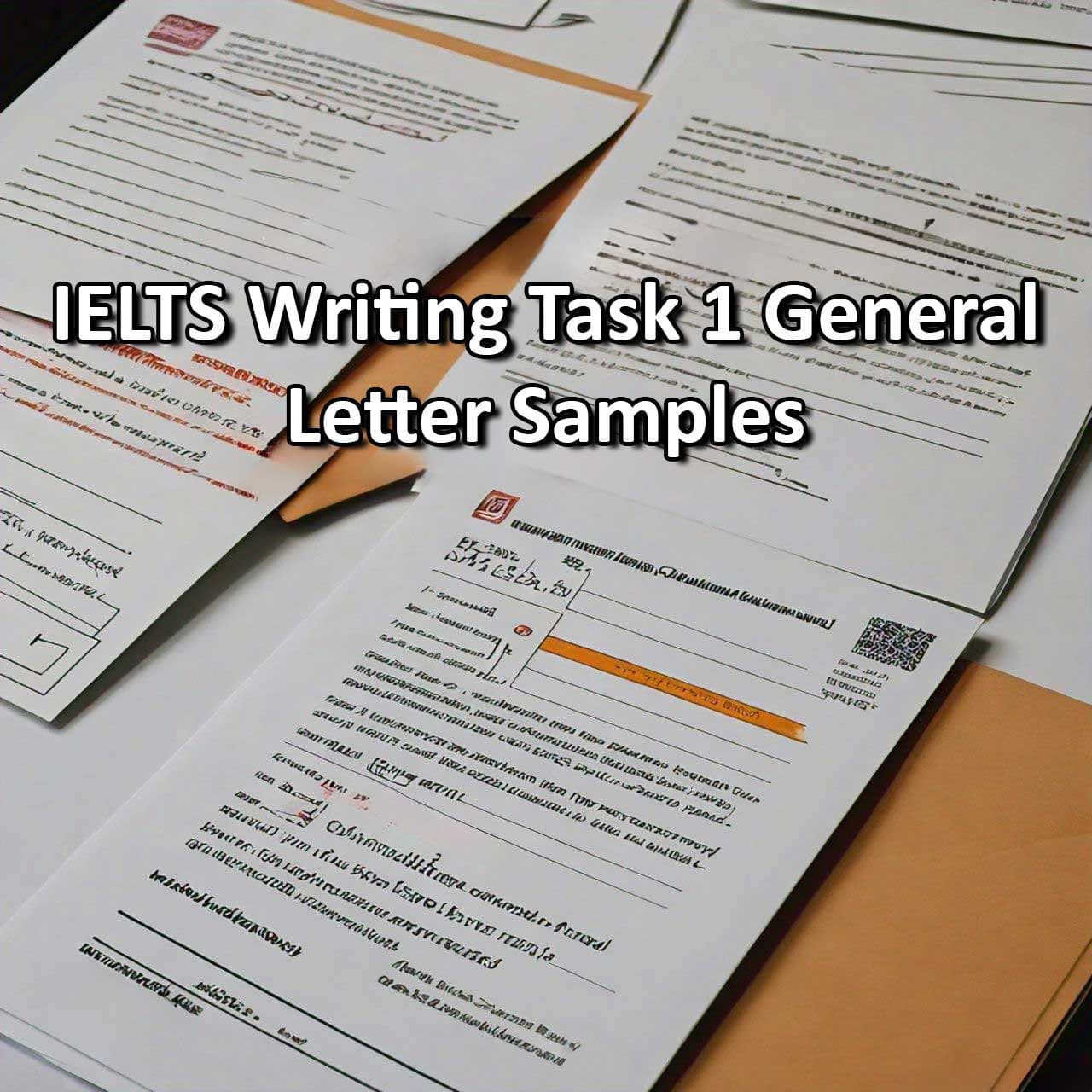The IELTS Writing test is a crucial part of the exam, requiring candidates to demonstrate their ability to express ideas clearly and coherently. One effective way to ensure your writing is well-organized and impactful is by creating an outline before you start writing. In this blog post, we’ll explore the importance of outlining in the IELTS Writing test, provide a step-by-step guide on how to create an effective outline, and share tips to enhance your writing skills.
Table of Contents
Why Outlining is Important in IELTS Writing
Creating an outline before writing your essay offers several benefits:
– Organizes Ideas: An outline helps you organize your thoughts and ideas logically, ensuring your essay flows smoothly.
– Saves Time: By planning your essay structure in advance, you can write more efficiently, saving time for revisions.
– Prevents Repetition: An outline helps you avoid repeating ideas and ensures each paragraph has a distinct purpose.
– Enhances Coherence: A well-structured outline contributes to the coherence and cohesion of your essay, which are key criteria in the IELTS Writing assessment.
Step-by-Step Guide to Creating an Outline
1. Understand the Prompt
Before you start outlining, make sure you fully understand the prompt. Identify the type of essay you need to write (e.g., opinion, discussion, problem-solution) and the key points you need to address.
2. Brainstorm Ideas
Take a few minutes to brainstorm ideas related to the prompt. Jot down any relevant points, examples, and arguments that come to mind. This will give you a pool of ideas to choose from when creating your outline.
3. Structure Your Outline
An effective IELTS essay outline typically consists of the following components:
– Introduction:
– Paraphrase the prompt.
– State your thesis (your main argument or position).
– Briefly mention the main points you will discuss.
– Body Paragraphs:
– Paragraph 1:
– Topic sentence (main idea of the paragraph).
– Supporting point 1.
– Example or explanation.
– Concluding sentence or transition to the next paragraph.
– Paragraph 2:
– Topic sentence (main idea of the paragraph).
– Supporting point 2.
– Example or explanation.
– Concluding sentence or transition to the next paragraph.
– Paragraph 3: (if applicable)
– Topic sentence (main idea of the paragraph).
– Supporting point 3.
– Example or explanation.
– Concluding sentence.
– Conclusion:
– Summarize the main points.
– Restate your thesis in different words.
– Offer a final thought or call to action (if appropriate).
4. Fill in the Details
Once you have your basic structure, fill in the details with the ideas you brainstormed. Make sure each body paragraph focuses on a single main idea and includes supporting points and examples.
5. Review and Adjust
Review your outline to ensure it covers all aspects of the prompt and flows logically. Adjust the order of your points if necessary to create a cohesive and compelling argument.
Tips for Effective Outlining
Keep It Simple
Your outline doesn’t need to be overly detailed. Use bullet points or short phrases to outline your main ideas and supporting points. The goal is to create a clear roadmap for your essay.
Stay Flexible
Be open to adjusting your outline as you write. Sometimes new ideas emerge during the writing process, and being flexible allows you to incorporate them effectively.
Practice Regularly
Regular practice with creating outlines will improve your ability to organize your thoughts quickly and efficiently. Practice with different types of essay prompts to build your skills.
Time Management
Allocate a few minutes at the beginning of the writing section to create your outline. This investment of time can save you from getting stuck or losing focus while writing.
Final Thoughts
Creating an outline is a crucial step in preparing for the IELTS Writing test. It helps you organize your ideas, stay focused, and write more coherently. By understanding the prompt, brainstorming ideas, and structuring your essay with a clear outline, you can enhance the quality of your writing and improve your overall score. Remember, practice makes perfect. Regularly practice outlining and writing essays to build your confidence and skills. Good luck with your IELTS preparation!



